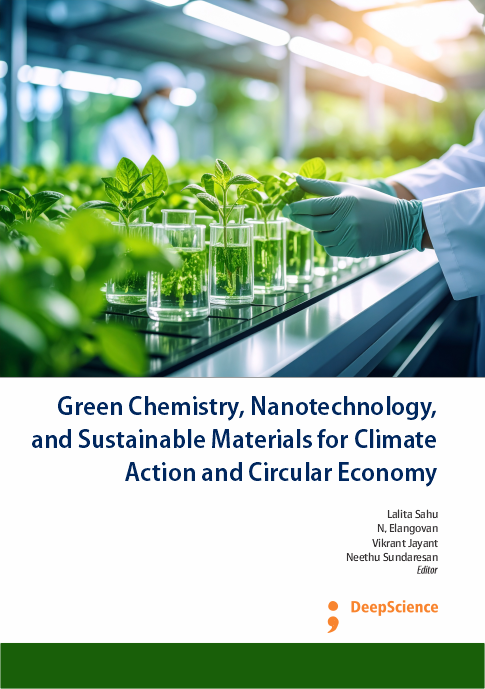Impact of Climate Change on Atmospheric Chemistry: A Review of Mechanistic Pathways
Synopsis
The impact of the climate change on atmospheric chemistry is large due to the multi-component interaction among greenhouse gases, aerosols and oxidant. Changes in temperature, humidity, solar irradiance and atmospheric circulation patterns affect chemical reaction rates and traveling pollutants directly. This review identifies mechanistic pathways altered by climate change, and considers hydroxyl radicals, nitrogen oxides, volatile organic compounds (VOCs), alongside secondary species ozone and peroxyacyl nitrates. Important feedbacks considered are increased temperature feedback on the photochemical smog production and aerosol effect on cloud nucleation. The data tables and simulation-based figures illustrate global trends in oxidation capacity, lower troposphere ozone, and air pollutant chemical fate for global change.














